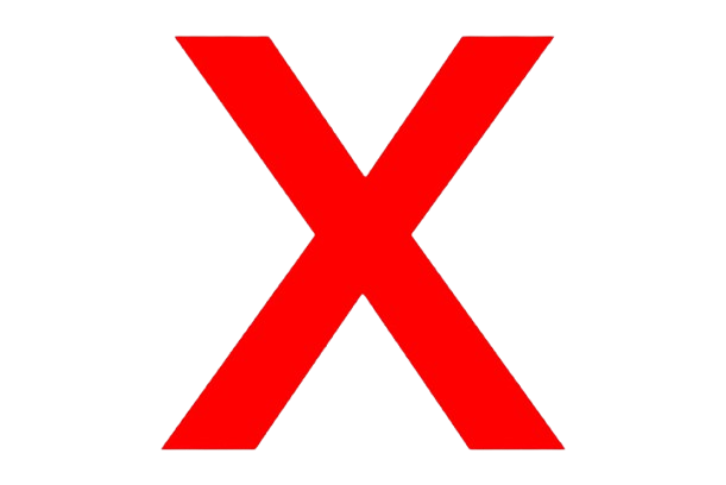
Treaty - Yothu Yindi










Yothu Yindi’s 1998 protest-rock song, “Treaty” details the society of Australia during the time through the perspective of an Aboriginal man and his desire for the titular treaty. The song begins with the clapping sticks and an electric guitar as the music begins to ramp up. The author recalls him listening to something in 1988, something on the radio, on the television. He is referring to the, then, prime minister, Bob Hawke’s promise for a treaty to restore and revitalise the land for its original owners, First Nations people. He then questions the validity of this promise saying “words are cheap.” Through this Yothu Yindi castigates the meaning of a promise in the first place, if all they are is just another bargaining chip for Bob Hawke to boost his political career, something “much cheaper than [their] priceless land.” This promise is confirmed to never be reached as Yothu Yindi likens its disappearance to “writing in the sand.”
The chorus repeats this perspective. Treaty now. Treaty yeah. Its simplicity juxtaposes the original promise made by Bob Hawke, one that was never actualised. Yothu Yindi is directly showing what cheap words are, short, sparse and unvaried. The chorus leads onto the 2nd verse in Aboriginal tongue to express words that do carry meaning. It is ultimately their voice which Bob Hawke bargains with, and thus, their land. Land that was never given up, never sold. Even through colonisation, the proprietors of the land always was and always will be Indigenous Australians. This line is representative of the British colonisation through their symbol of “peace,” the Union Jack. Despite the alleged ownership and ongoing British bureaucracy, they still upheld their own laws. There is irony inherent in the use of the “Union Jack” a symbol for colonisation, in contrast to the actual union which the song refers to.
The two rivers are indicative of the separation between Aboriginal people and Non-Aboriginal people. Yothu Yindi uses the land as a symbol for connection, where once they were parted he hopes that one day the “waters will be one.” The use of land further reinforces the support of Aboriginal land ownership rights which the treaty would provide as well as the union which the treaty would catalyse. It then returns to the chorus to further this understanding of unity.
After the chorus is a verse entirely in Aboriginal tongue. It translates, roughly, into “You improvise, you improvise. You improvise, you keep going, you’re better, you dance Djatpangarri, that’s good,” and that of the sort. The writers have included this segment to represent the possible positive times which could occur following the treaty’s ratification. The unification of two clashing cultures which would come together in dance. The rest of the song further repeats the original first verse again, although this time altered, and then ends on the chorus.
The song in and of itself is a unification of the two different cultures. Whilst, yes, it is a rock song, it also incorporates the main melody and undertones of a song produced by one of the writer’s mother’s mother’s mother’s mother’s brother’s son’s, who the writer reports himself that he was a “real master of the Djatpangarri style.” This further highlights the feelings of connection and advocating for the treaty, something continuously mentioned throughout the song.
Personally, this song is rather uninspired and, although catchy, fails to present any complex themes nor nuanced ideas to warrant deep analysis; there is nothing to analyse. This isn’t to undermine the general concept of the song which still heralds as a monument to Aboriginal sovereignty through the treaty, land and promises. It still serves its role as being a protest song fundamentally well and through its popularity presents a painting of broken promises throughout all of Australian history with Indigenous Austrailans. I suppose it is exactly because of its popularity and simpleness that it is able to reach such a broad audience. Especially in a society such as Australia’s which still continues to reject this exact same treaty almost 30 years after this song was composed. Australia is built on a foundation of genocide, instilled racism and eugenics. Treaty plays it safe and tells the story it wants to but not the story it needs to.

